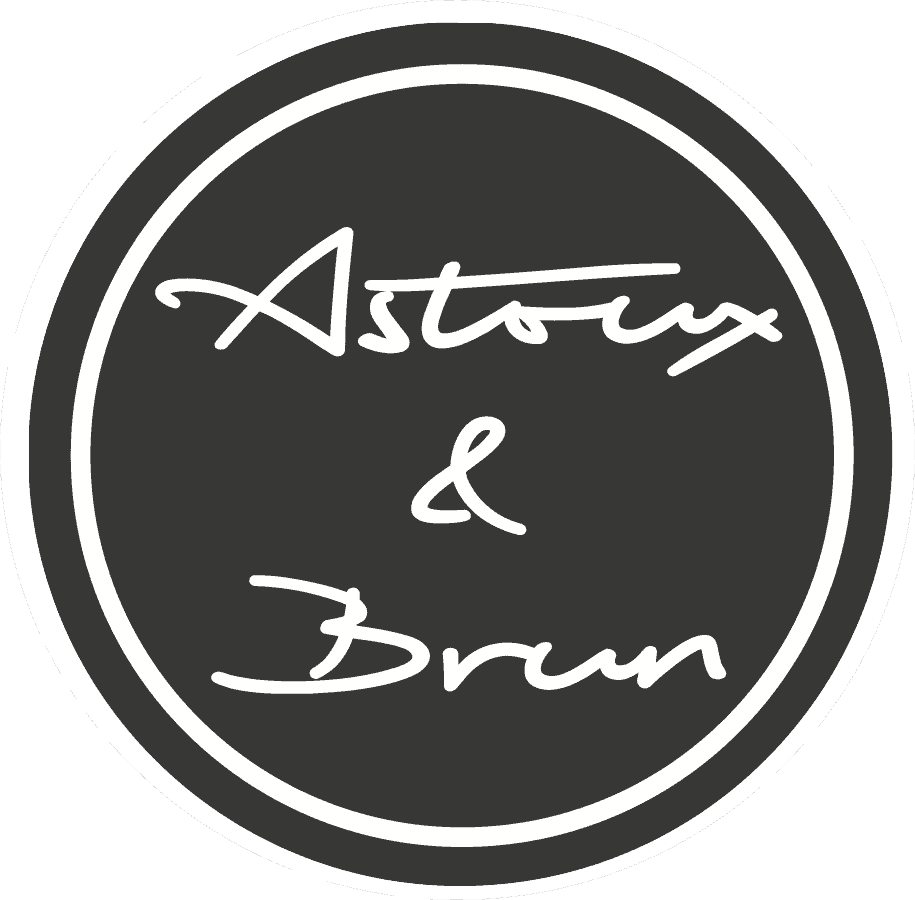Astoux & Brun
The shop
OUR FISH
The ASTOUX & BRUN Boutique focuses on high-quality products,
“noble” fish and our motto is:
"We would rather run out of a product than serve one of poor quality."
We therefore prefer to offer a smaller variety of species than some of our colleagues.
but impeccable products.
Our great classics are sea bass (called “bar” on the Atlantic side),
Red Label Scottish salmon, sole and monkfish.
Presentation of these choices of Excellence, acclaimed by connoisseurs!
THE SUN
Sole is a flatfish that lives on the seabed, hidden under the sand. It can be recognized when fresh by its shine, its translucent mucus and its pinkish-white blind side. Very lean, it is ideal for light cooking.
To consume it safely, it is recommended to cook it to an internal temperature of 60°C. If it is to be consumed raw or undercooked, it is advisable to freeze it at -18°C for at least 72 hours to eliminate parasites.
It is mainly fished in the North Sea, the English Channel, the Atlantic and sometimes in the Mediterranean.
An unmistakable sign of freshness: a stiff or wriggling sole is a guarantee of quality.
THE SEA BASS OR SEA LOBSTER
Sea bass or sea bass is a noble fish par excellence, highly prized by fishermen. It is a lean fish with few bones, appreciated for its delicate flesh. To guarantee its freshness, it must be firm, with shiny scales that adhere well to its skin.
To enjoy it safely, it is recommended to cook it to an internal temperature of 60°C. If you want to eat it raw, marinated or semi-cooked, remember to freeze it at -18°C for at least 72 hours to destroy any risk of parasites.
Sea bass is mainly fished in the Bay of Biscay, the English Channel, the Celtic Seas, and the western Mediterranean.
Fishmonger's tip: placing it in the freezer before serving ensures safe consumption of raw or undercooked dishes.
THE FIGHT
Monkfish, called anglerfish when whole, becomes monkfish tail when sold without a head. With its impressive head, it has long frightened fishermen, who nicknamed it "sea devil". Despite its appearance, it is a fine and delicious fish, with firm flesh and few bones.
To enjoy it safely, it is recommended to cook it to an internal temperature of 60°C. If it is intended to be eaten raw or undercooked, it is advisable to freeze it at -18°C for at least 72 hours to eliminate any risk of parasites.
Monkfish is fished in the Eastern Atlantic, the Mediterranean, and the Bay of Biscay, particularly off the Spanish and Portuguese coasts.
Fishmonger's tip: keep it with its skin for up to 3 days. Its flavor becomes even more pronounced after 48 hours in the refrigerator.
WILD FISH OF THE ATLANTIC
WILD Atlantic fish come from renowned fishmongers such as Arcachon Aquitaine marée and the Roscoff fishponds, which favor short supply chains for fresh, local fish.
CANNES FISHERMEN FOR ROCK FISH
We make our homemade bouillabaisse using fish freshly caught by fishermen from the Pays de Lérins, who founded a label called "Mer de Lérins".
ORGANIC FARMED FISH
Fish from organic farming such as sea bass are raised in the Bay of Cannes. We also offer sea bream and sea bass raised in organic aquaculture in the Mediterranean (Corsica).
The Red Label, the guarantee of a superior quality product
Created in 1960, the Label Rouge guarantees strict specifications which ensure superior quality to the certified product compared to similar products usually sold.
The “organic” label: what are its characteristics?
This certification ensures that farmed fish are raised in accordance with strict criteria:
No use of pesticides, dyes, chemical growth stimulants. Limitation of antibiotics;
Plant supplements from organic farming (GMO-free in particular);
Animal feed from fishery products subject to quotas. A lower density in cages than in conventional breeding to respect animal welfare.


